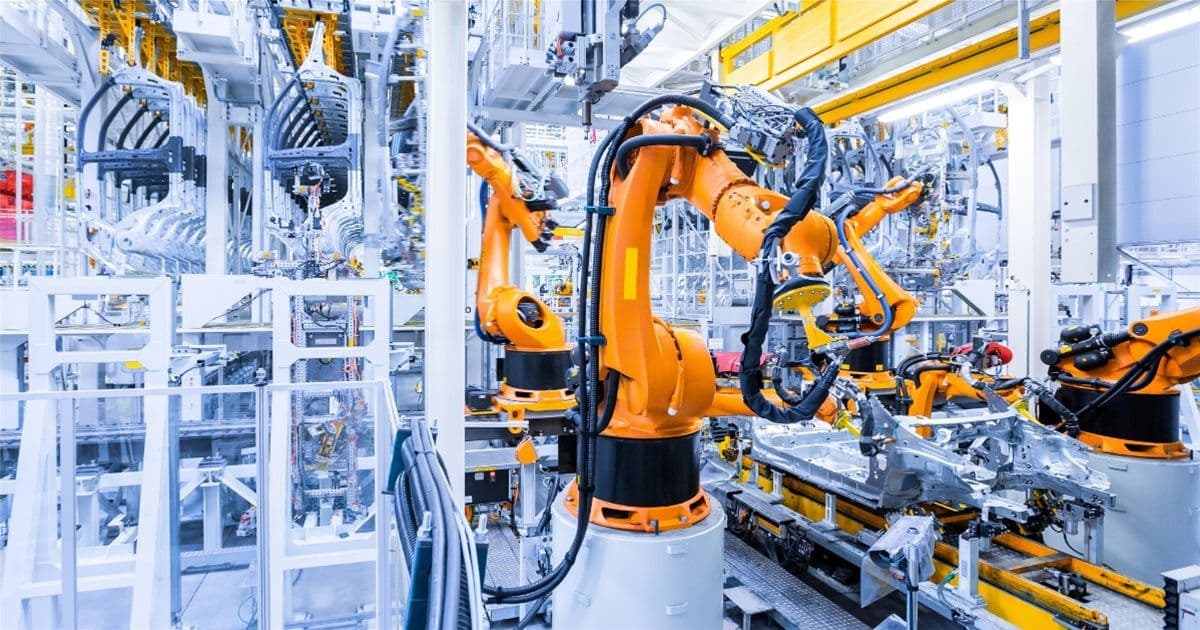
The Evolution of Industrial Automation: Past, Present, and Future
Industrial automation has revolutionized manufacturing and production processes over the past century. From the first mechanized looms of the Industrial Revolution to today's advanced robotics and AI-driven systems, the journey of automation is a testament to human ingenuity and technological progress.
The Past: The Birth of Automation
The roots of industrial automation can be traced back to the late 18th century with the advent of mechanized textile manufacturing. The introduction of machines like the spinning jenny and the power loom marked the beginning of automated production processes. However, it wasn't until the early 20th century that automation truly began to take shape with the development of assembly line techniques by pioneers like Henry Ford.
The Present: Advanced Robotics and Smart Factories
Today, industrial automation encompasses a wide range of technologies including robotics, artificial intelligence, the Internet of Things (IoT), and machine learning. Modern factories are equipped with smart systems that can perform complex tasks with minimal human intervention. These advancements have led to increased efficiency, reduced costs, and improved product quality across various industries.
The Future: AI, Machine Learning, and Beyond
Looking ahead, the future of industrial automation is incredibly promising. The integration of AI and machine learning is expected to drive even greater efficiencies and innovations. Predictive maintenance, autonomous production lines, and collaborative robots (cobots) are just a few examples of the exciting developments on the horizon. As technology continues to evolve, the possibilities for automation are virtually limitless.